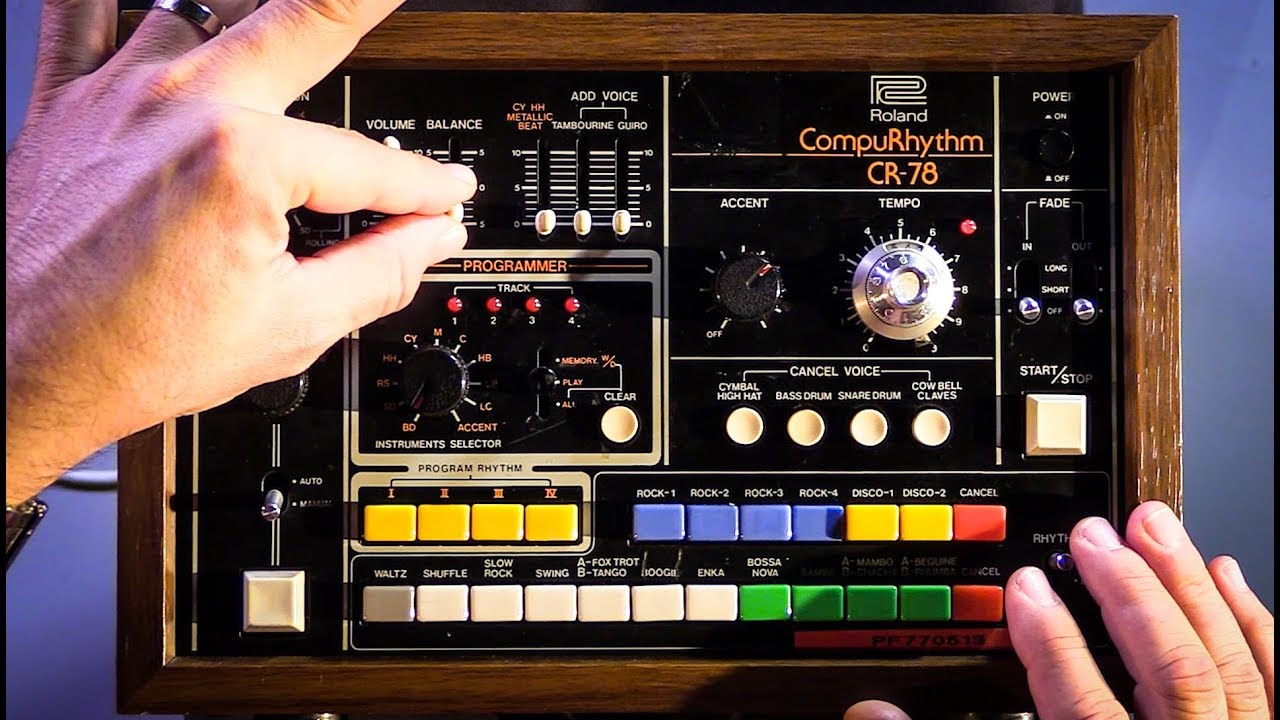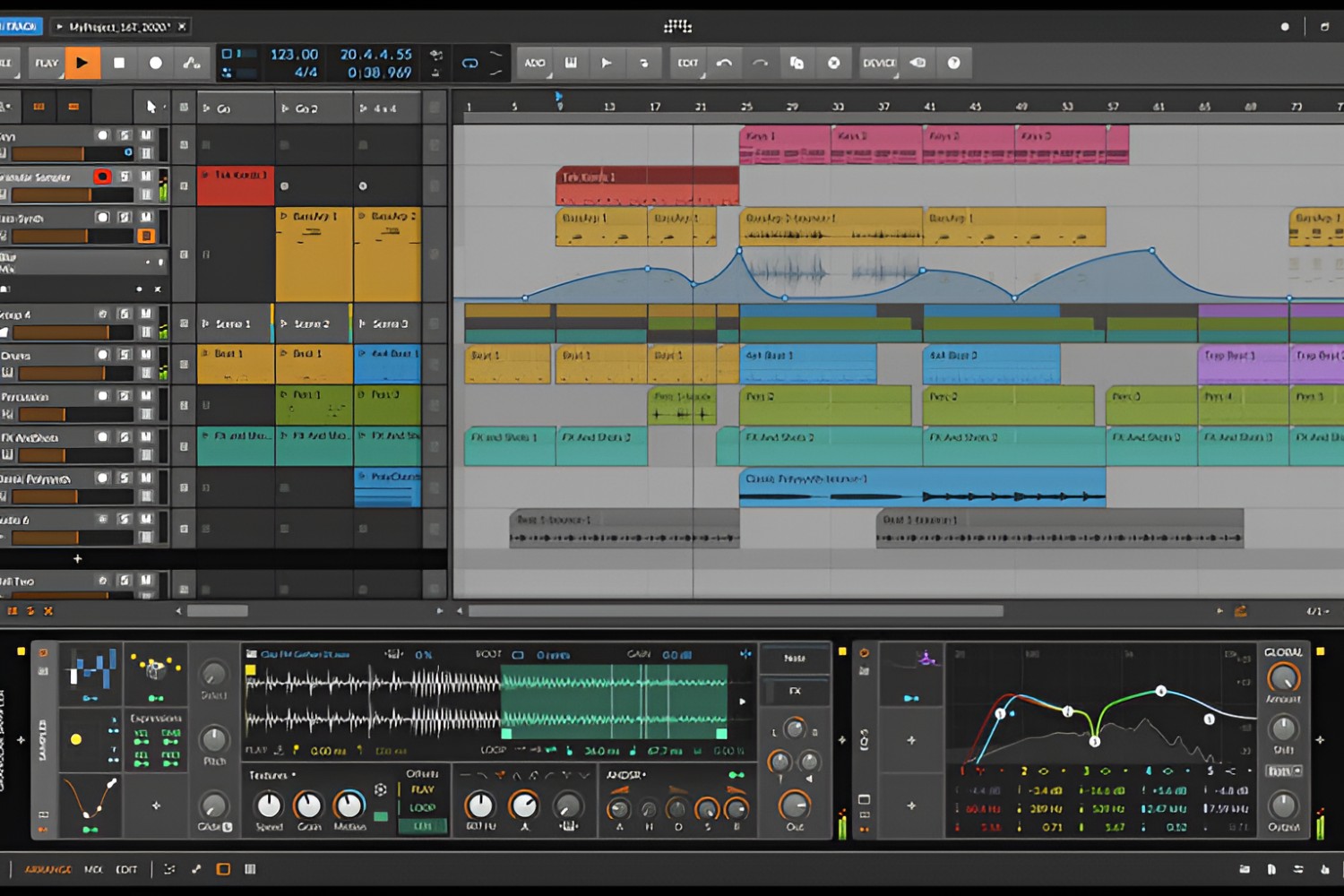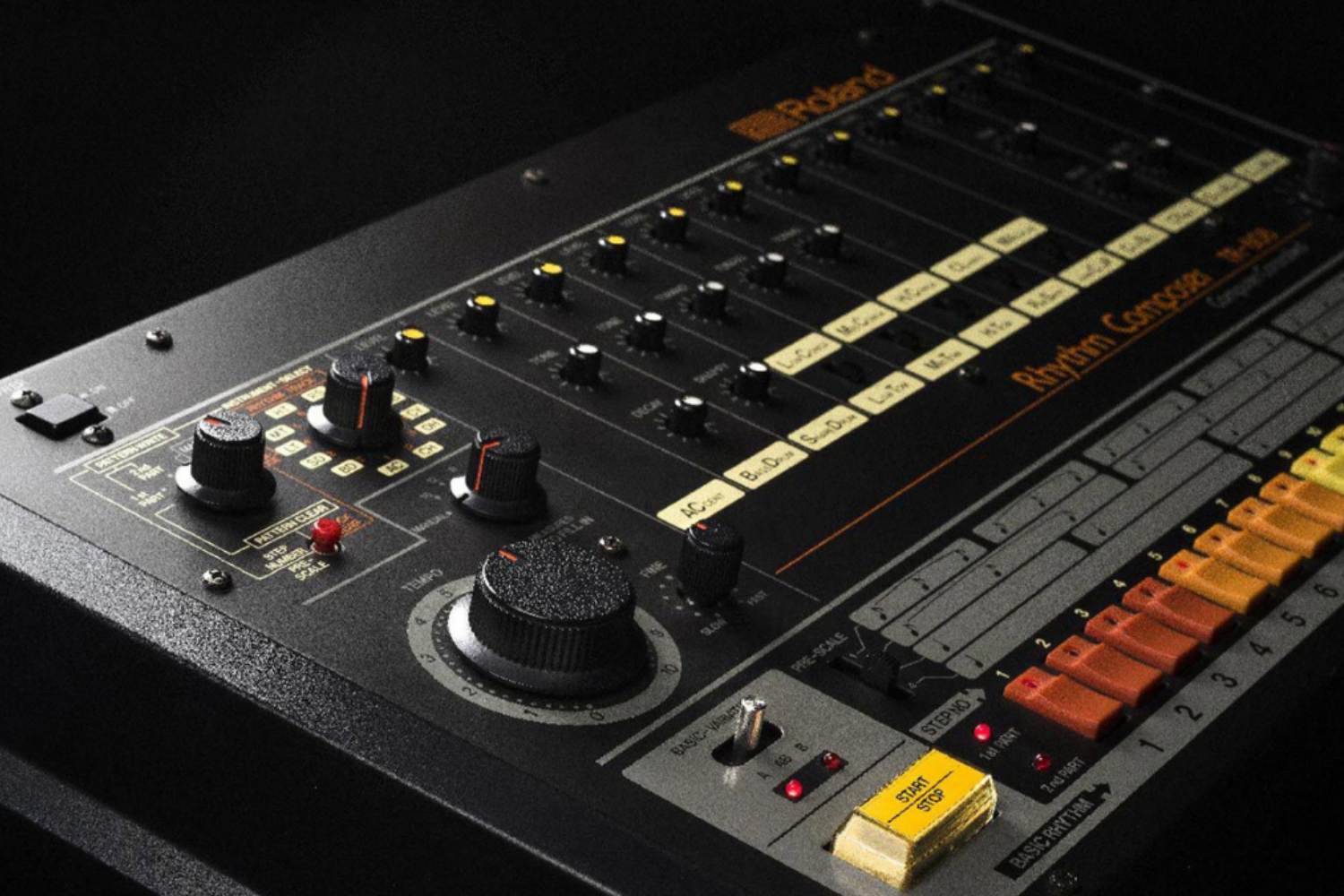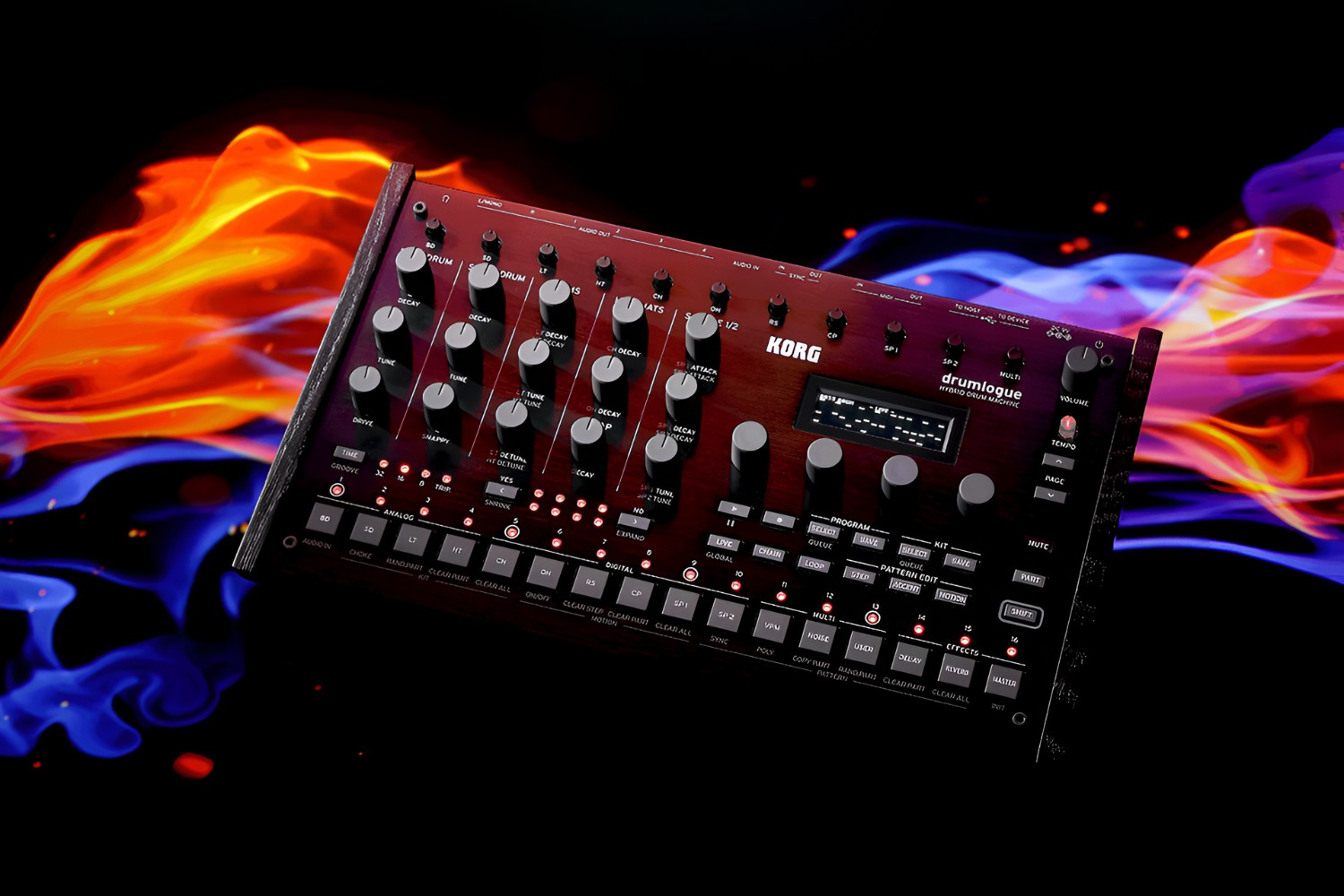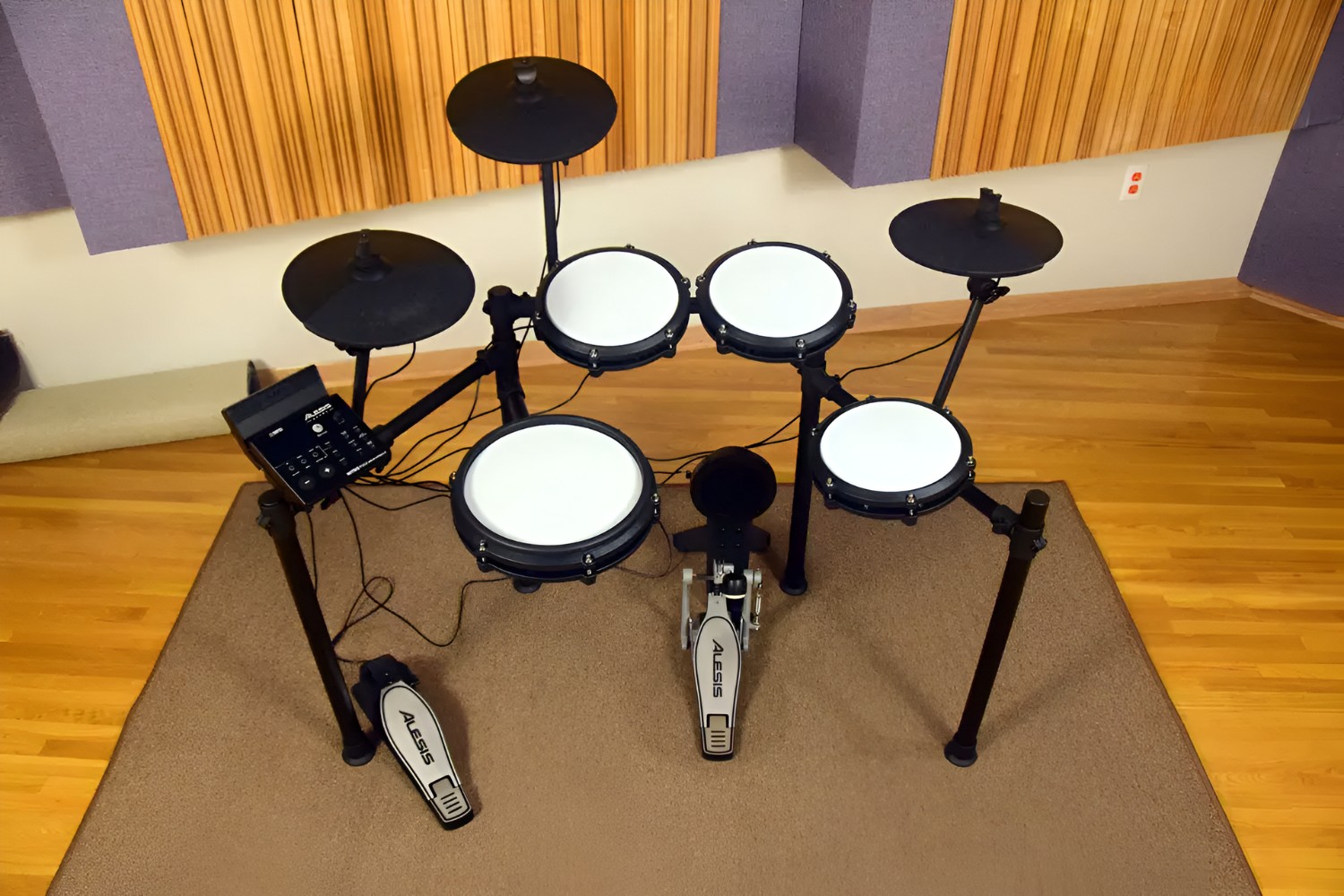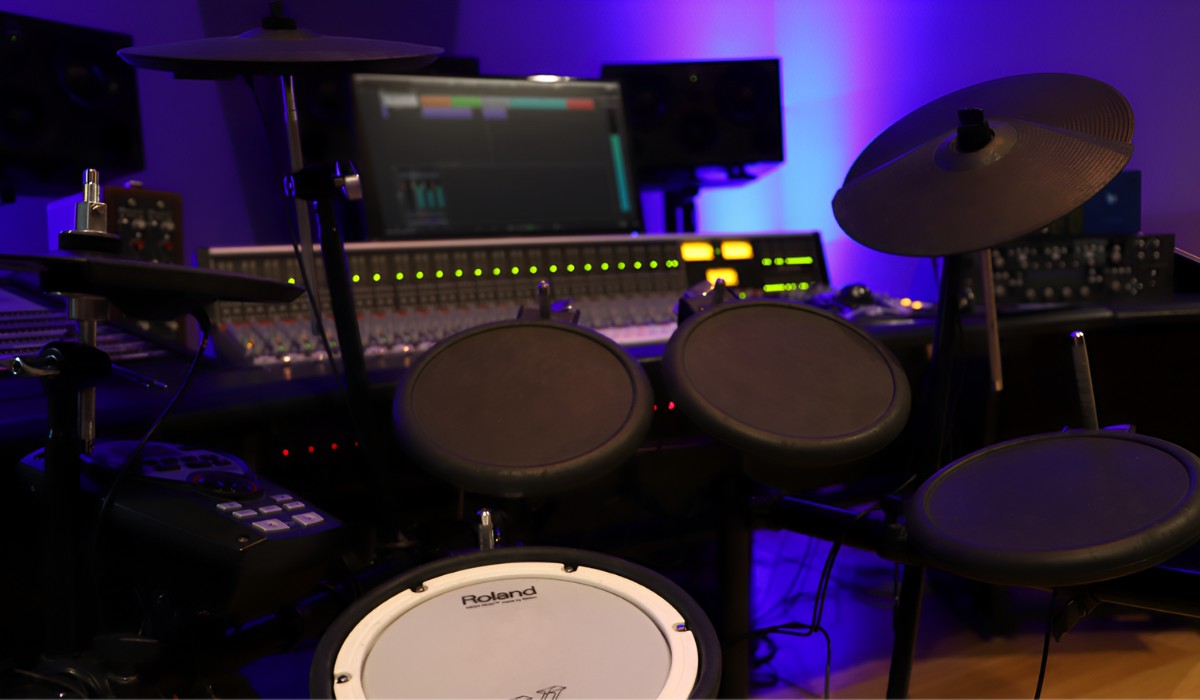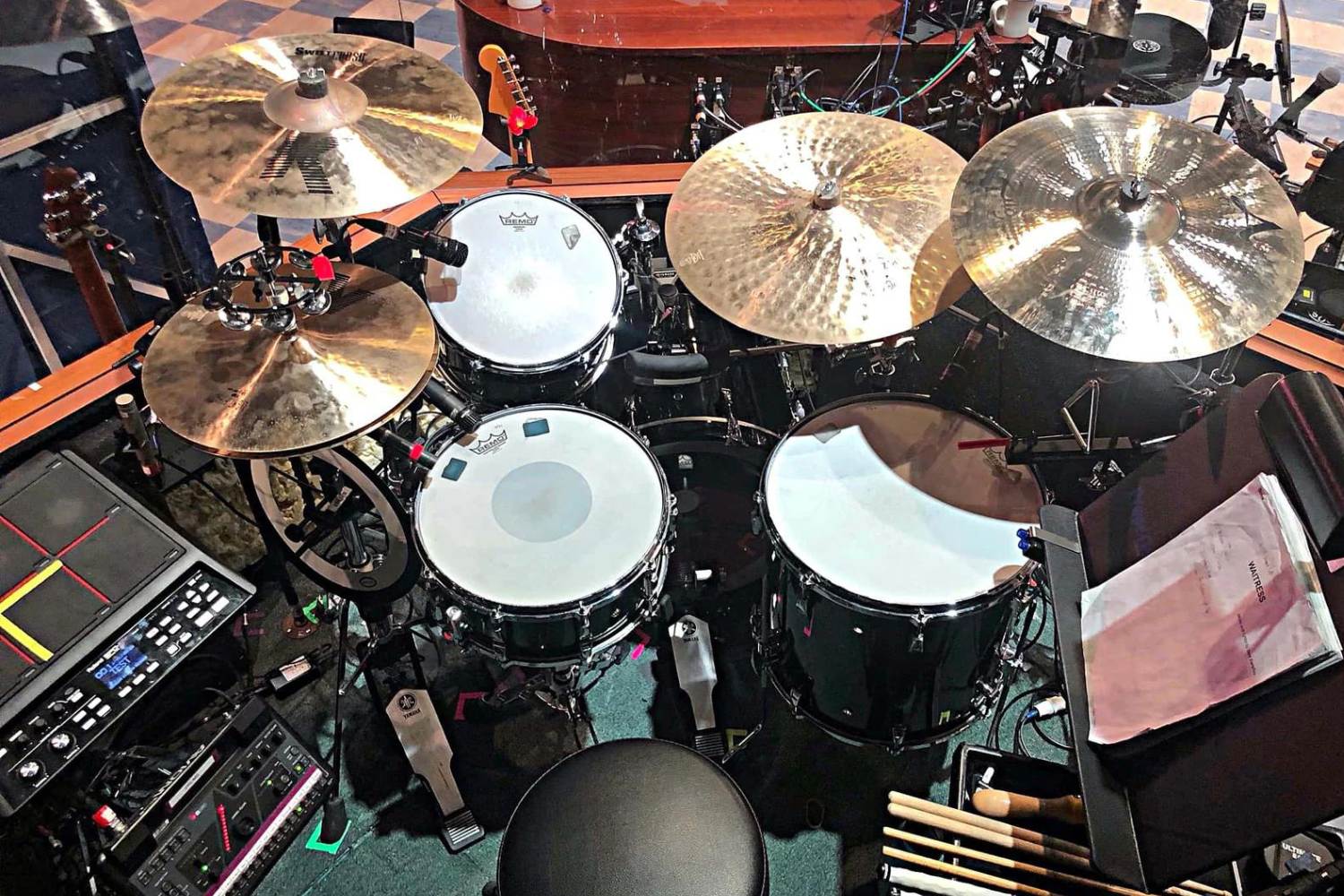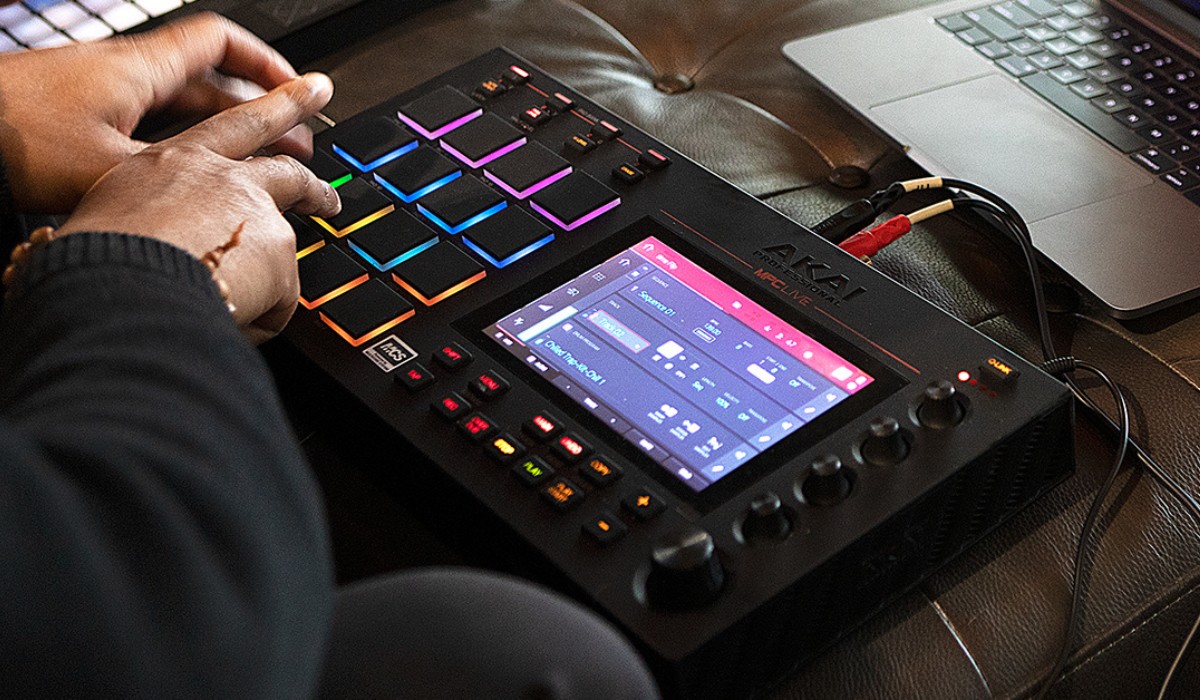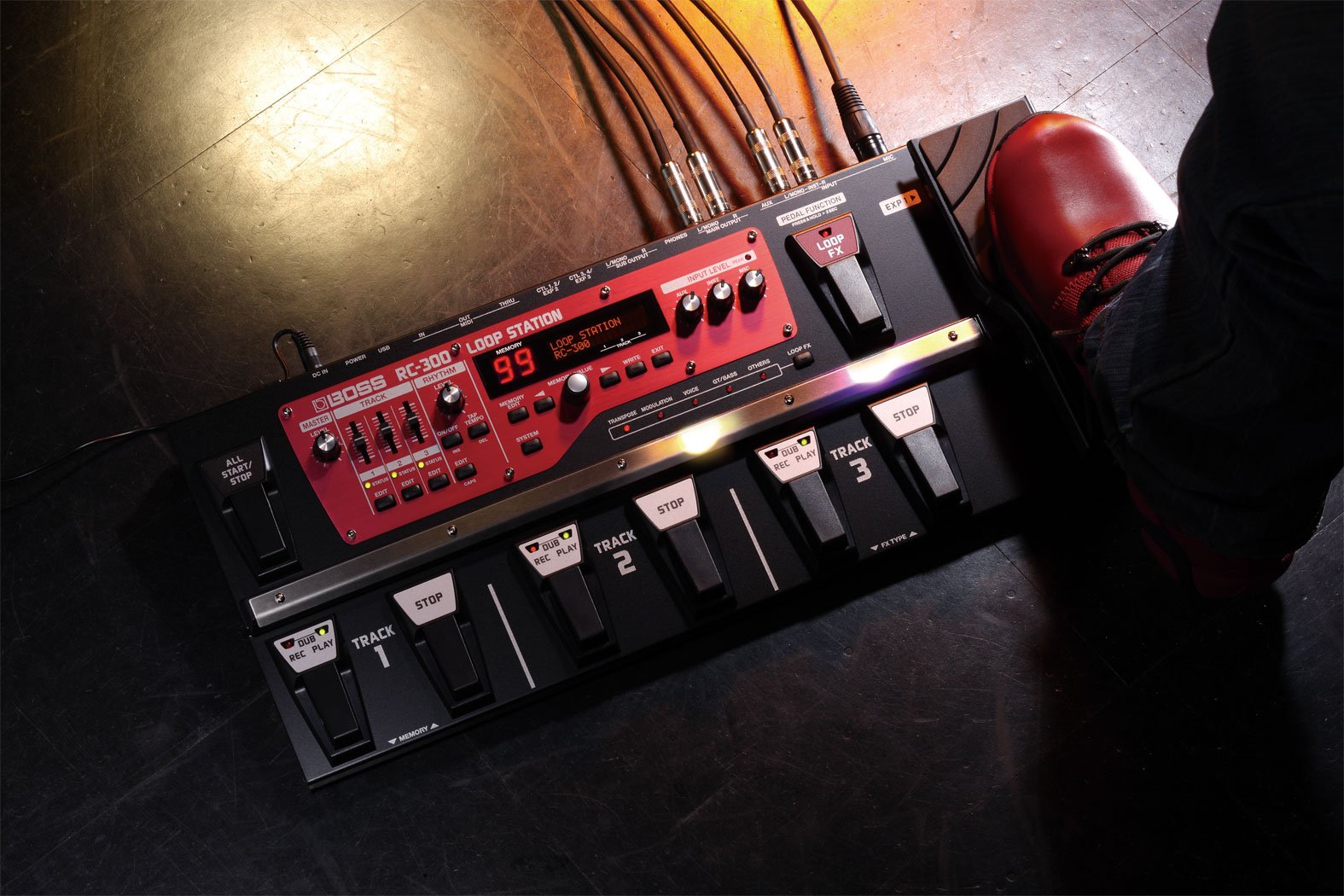Introduction
Introduction
Powering a drum machine is an essential aspect of ensuring uninterrupted music production. Whether you're a seasoned musician or just starting out, understanding the various power options available for your drum machine is crucial. In this guide, we will delve into the different methods for powering your drum machine, including using batteries, an AC adapter, and a USB power bank. Each method has its own set of advantages and considerations, and by the end of this article, you will have a comprehensive understanding of how to power your drum machine effectively.
As technology continues to advance, drum machines have become more versatile and portable, allowing musicians to create beats and rhythms on the go. However, the convenience of a portable drum machine is heavily reliant on a stable power source. Whether you're performing on stage, recording in a studio, or jamming with friends, having a reliable power solution for your drum machine is paramount.
Throughout this guide, we will explore the intricacies of power requirements for various drum machines, offering insights into the most suitable power sources for different scenarios. By the end of this article, you will be equipped with the knowledge to power your drum machine efficiently, enabling you to focus on what truly matters – creating exceptional music. Let's dive into the world of drum machine power options and unleash the full potential of your musical creativity.
Understanding Power Requirements
Before delving into the specifics of powering your drum machine, it’s crucial to understand the power requirements of your particular model. Drum machines come in various shapes and sizes, each with its own unique power specifications. Some may require a higher voltage, while others may be more versatile in their power input options.
When considering the power requirements, it’s essential to consult the user manual or manufacturer’s guidelines for your drum machine. This will provide detailed information about the voltage, current, and polarity required for the power source. Understanding these specifications is the first step towards selecting the most suitable power option for your drum machine.
Additionally, it’s important to consider the intended usage of the drum machine. If you’re primarily using it in a studio or home setup, a consistent power source such as an AC adapter may be the most practical choice. On the other hand, if portability is a priority, a battery-powered or USB power bank solution may better suit your needs.
Furthermore, some drum machines are designed to be energy-efficient, allowing for extended operation on a single set of batteries or a portable power bank. Understanding the power consumption of your drum machine will help you plan for uninterrupted music creation sessions, whether you’re on the move or stationed in a studio environment.
By comprehensively understanding the power requirements of your drum machine, you can make informed decisions about the most suitable power sources, ensuring seamless operation and unleashing the full potential of your musical creativity.
Using Batteries
When it comes to powering a drum machine, utilizing batteries offers a convenient and portable solution. Many modern drum machines are designed to be battery-powered, allowing musicians to create music on the go without being tethered to a wall outlet. The use of batteries provides flexibility and freedom, making it an ideal choice for live performances, outdoor jam sessions, or situations where access to traditional power sources may be limited.
Before opting for battery power, it’s important to consider the type of batteries your drum machine requires. Some models may utilize standard AA or AAA batteries, while others may rely on rechargeable lithium-ion batteries for extended usage. Understanding the specific battery requirements of your drum machine is essential to ensure compatibility and optimal performance.
One of the key advantages of using batteries is the ability to operate the drum machine in diverse settings without being constrained by power cords. This portability is especially valuable for musicians who thrive in dynamic environments and seek inspiration beyond the confines of a traditional studio setup. Additionally, battery-powered drum machines are often designed with energy efficiency in mind, allowing for extended usage on a single set of batteries.
However, it’s important to consider the ongoing cost and environmental impact of disposable batteries, especially for musicians who frequently rely on battery power. In such cases, rechargeable batteries or environmentally friendly alternatives may present a more sustainable option, reducing both long-term expenses and ecological footprint.
Overall, utilizing batteries to power your drum machine offers unparalleled mobility and versatility, enabling you to unleash your musical creativity in a wide range of settings. Whether you’re performing on stage, exploring outdoor soundscapes, or simply seeking a portable music production solution, battery power provides the freedom to make music anytime, anywhere.
Using an AC Adapter
When consistent power and reliability are paramount, using an AC adapter to power your drum machine proves to be a dependable and practical choice. AC adapters, also known as power supplies, are designed to deliver a stable and continuous power source to electronic devices, ensuring uninterrupted operation during music production sessions, performances, or studio recordings.
One of the primary advantages of using an AC adapter is the elimination of battery replacement or recharging concerns. By connecting your drum machine directly to a power outlet, you can focus on creating music without the need to monitor battery levels or switch out power sources. This is particularly advantageous for extended studio sessions or live performances where uninterrupted power is essential.
Furthermore, AC adapters provide a consistent voltage and current output, minimizing the risk of power fluctuations that could potentially affect the performance of your drum machine. This reliability is especially crucial for musicians who demand precision and consistency in their music production workflow.
Another significant benefit of utilizing an AC adapter is the environmental impact. By reducing the reliance on disposable batteries, musicians can contribute to sustainability efforts and minimize the accumulation of electronic waste. Additionally, the long-term cost-effectiveness of using an AC adapter, especially when compared to frequent battery replacements, makes it an economical and eco-friendly power solution.
It’s important to note that when using an AC adapter, selecting the appropriate voltage and polarity that align with the manufacturer’s specifications is crucial to prevent damage to the drum machine. Referencing the user manual or consulting the manufacturer’s guidelines will ensure that the AC adapter is compatible with your specific model, safeguarding the integrity of your equipment.
Overall, using an AC adapter to power your drum machine offers a reliable, sustainable, and cost-effective solution, enabling uninterrupted music production and performance while minimizing environmental impact. Whether you’re creating music in a studio environment or delivering captivating performances on stage, the stability and consistency provided by an AC adapter empower you to focus on what truly matters – creating exceptional music.
Using a USB Power Bank
For musicians seeking a portable and versatile power solution, utilizing a USB power bank to energize their drum machine presents a convenient and flexible option. USB power banks, known for their ability to charge electronic devices on the go, offer a reliable source of power, making them well-suited for mobile music production, outdoor performances, and travel scenarios where access to traditional power outlets may be limited.
One of the key advantages of using a USB power bank is its portability and compatibility with a wide range of electronic devices, including drum machines. These compact and lightweight power banks can easily fit into a backpack or gear bag, providing musicians with the freedom to create music in diverse environments without being tethered to a fixed power source.
Furthermore, USB power banks are often equipped with multiple output ports and varying voltage options, allowing for compatibility with different models of drum machines. This versatility enables musicians to power their equipment while simultaneously charging other USB-powered devices, offering added convenience during music production sessions or performances.
Additionally, the rechargeable nature of USB power banks presents a sustainable power solution, reducing the reliance on disposable batteries and minimizing environmental impact. Musicians can opt for high-capacity power banks to ensure extended usage of their drum machines without the need for frequent recharging, enhancing the overall mobility and longevity of their music production endeavors.
It’s important to consider the power bank’s capacity and output specifications to ensure compatibility with the power requirements of your drum machine. Understanding the voltage and current requirements of your equipment will help in selecting a suitable USB power bank that can deliver consistent and reliable power, enabling seamless music creation on the go.
Overall, utilizing a USB power bank to power your drum machine offers unparalleled mobility, versatility, and sustainability, empowering musicians to create music in diverse settings without the constraints of traditional power sources. Whether you’re exploring outdoor landscapes, traveling to new destinations, or simply seeking a portable music production solution, a USB power bank provides the freedom to make music anytime, anywhere.







